Small-ScaleDairy Farming Manual |
Volume 6 |
|
|
|
|
 |
|
|
What should you know about dairy cooperatives?
1 What is a dairy cooperative and why join? (5-16) A dairy cooperative is:
- a group of people working together to help each other and share benefits.
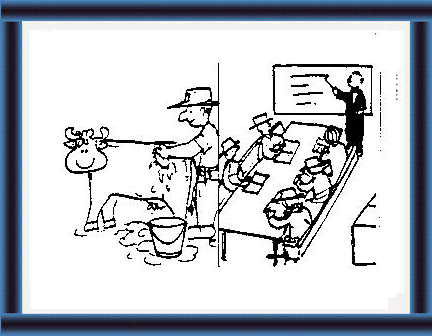 |
2 What does a dairy cooperative do? (17-35)
A dairy cooperative:
|
 |
3 What types of dairy cooperative are there?
(36-44)
There are:
|
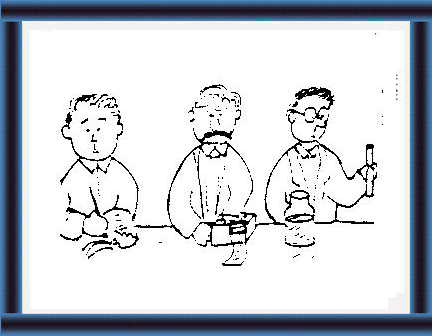 |
4 How can you organise a dairy cooperative?
(45-49)
By choosing:
|
What is a dairy cooperative?
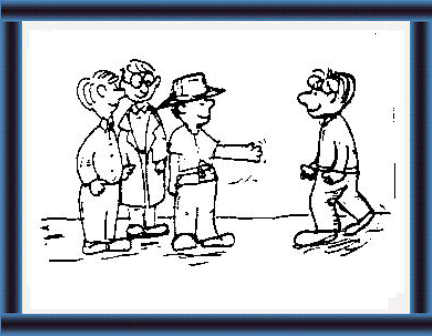 |
5 A group of people working together
on dairying:
- they put their labour and resources together to benefit all members. |
 |
6 A cooperative is democratic: - each member has one vote. |
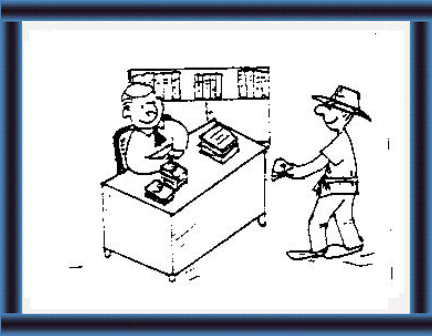 |
7 By members working as a group, the cooperative
can help by:
- making the best use of the money and resources which each member has
|
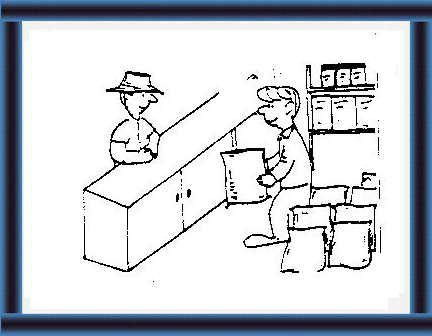 |
8
- buying large quantities of necessary items at lower prices such as concentrates |
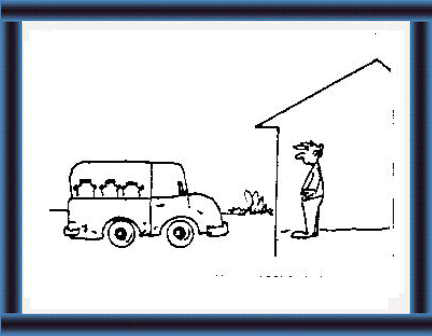 |
9
- sharing the costs of collection, processing and distribution - making production more efficient and increasing employment - making a profit to share between members. |
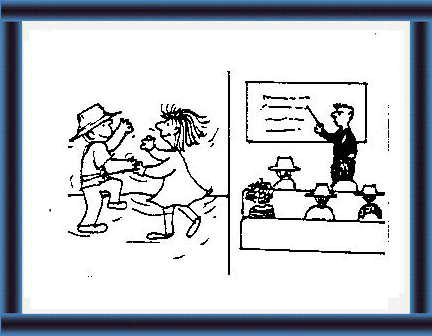 |
10 Each year, some of the surplus money goes to the cooperative for financial, social and training services |
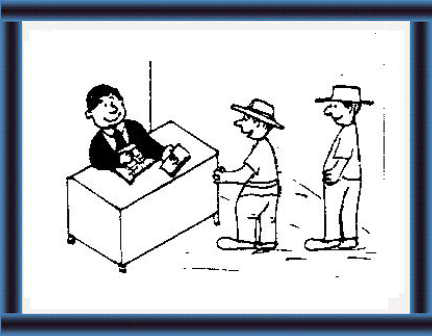 |
11 and the members share the rest of
the money.
So you get more benefit by joining other farmers in a dairy
|
 |
cooperative
12 and sometimes your dairy cooperative can get more benefits by working with other dairy cooperatives. |
Why join a dairy cooperative?
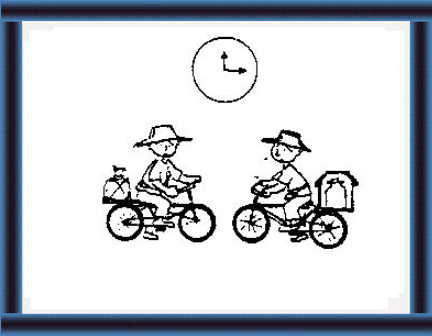 |
13 Without a cooperative,
you must spend a long time
- to send your milk to the chilling plant - to collect your feed |
 |
14 or deal with a middle man who takes a high profit and may be corrupt. |
 |
15 With a cooperative,
you can have milk collecting points in each village or group of
villages.
The collecting points can also provide feed and other requirements.
|
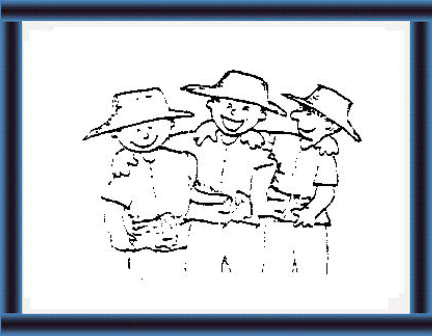 |
16 By sharing, you:
- spend less time travelling - reduce the cost of feed because the coop buys in bulk. |
What does a dairy cooperative do?
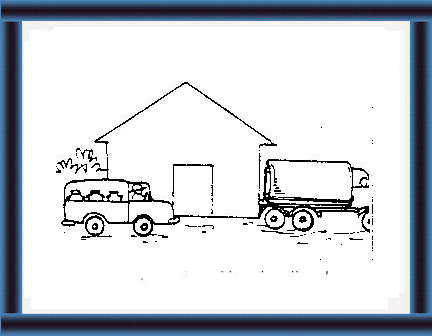 |
17 It organizes members for efficient collection, processing and distribution of milk. |
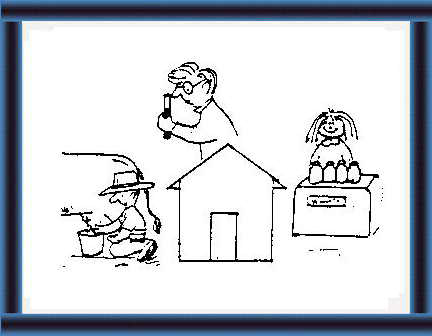 |
18 It checks milk quality
- on the farm - during processing - during retail. |
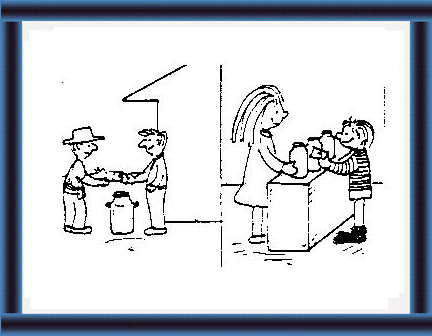 |
19 It sets milk prices paid to members. It negotiates sale prices for milk on behalf of all members. |
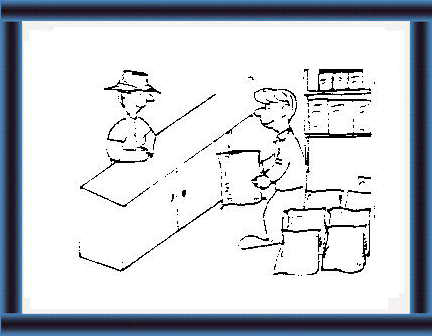 |
20 It supplies:
- animal feeds - farm and household supplies. |
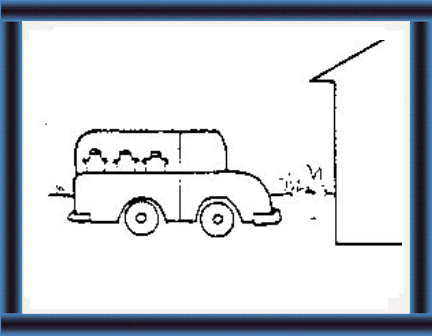 |
21 The cooperative
purchases:
- equipment - vehicles - buildings necessary for cooperative activities. |
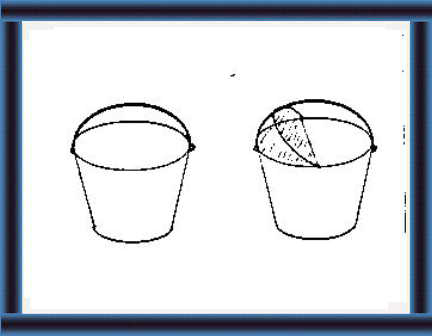 |
22 Each farmer needs:
- an open milking bucket - a milking bucket with a hood |
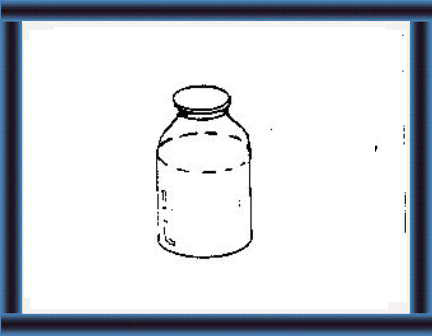 |
23
- a milk transport can, large enough to hold all the milk with: - a lid - a wide neck to allow cleaning.
|
 |
24 For example: 1 cow needs: 1 x 10 l milk can
so 1 farmer with 4 cows needs: - 4 x 10 l milk cans and - 1 x 40 l milk transport can. |
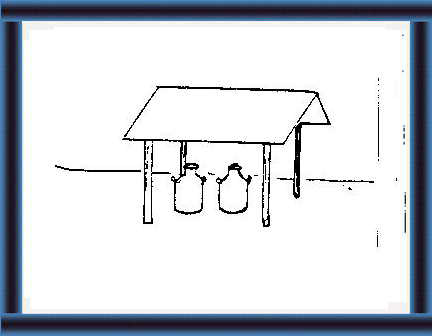 |
25 Each milk collecting
point needs:
- milk transport cans. |
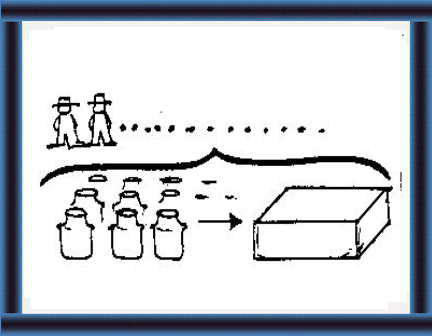 |
26
For example:
|
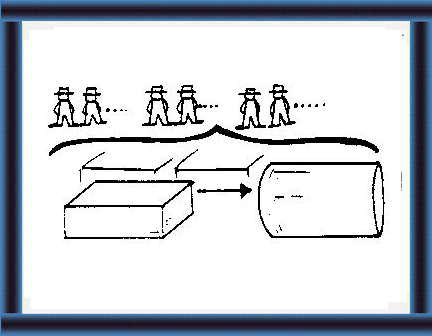 |
27 The milk chilling centre needs:
|
 |
28 The processing plant collects milk from the chilling centres and, therefore, needs larger capacity. |
 |
29 The cooperative
provides:
- A.I. services - veterinary services. |
 |
30 For this work, a cooperative needs:
- vets - inseminators - extension workers - milk recorders (where there is official milk recording).
|
 |
31 It provides training:
- in husbandry - and cooperatives. |
 |
32 The cooperative keeps records of all credits and debits |
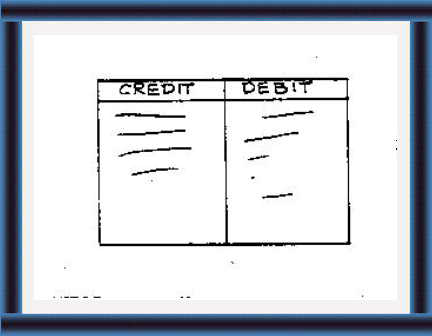 |
33 and produces balance sheets
for:
- milk collection and marketing - sales of cattle feed and consumer goods - other activities. |
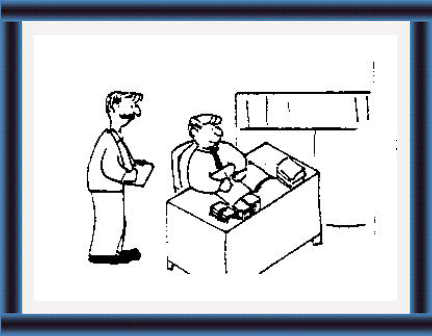 |
34 An internal auditor checks:
- investments - budgets - loans - payments.
|
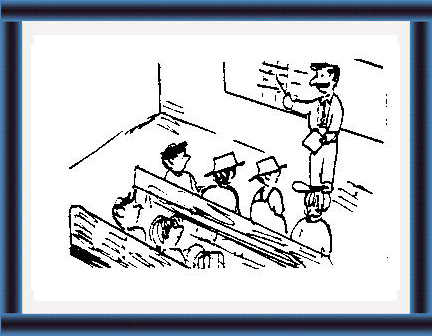 |
35 Cooperative officers or private auditors approved
by the cooperative:
- do the final auditing - report to the meeting of all the members. |
What types of cooperatives are there?
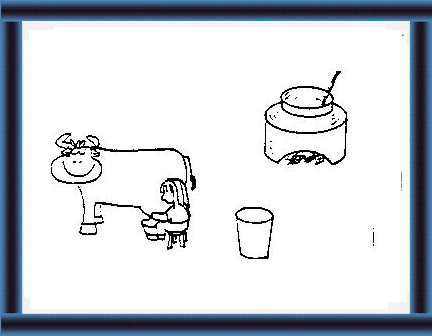 |
Single-purpose cooperatives
36 This type of cooperative only supports dairying, dairy feeds and milk processing. |
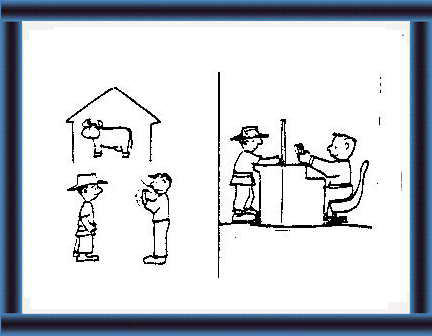 |
37 In some countries, e.g. India, the cooperative
does not give credit.
The bank may offer credit to members of the cooperative. |
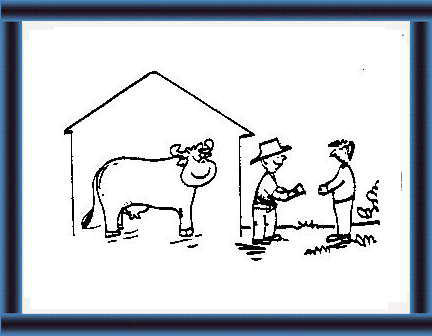 |
38 In other countries, e.g. Indonesia and Thailand,
the cooperative does offer credit.
|
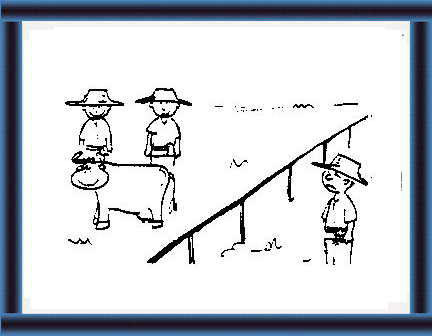 |
39 Only milk producers can be members of these single-purpose cooperatives. |
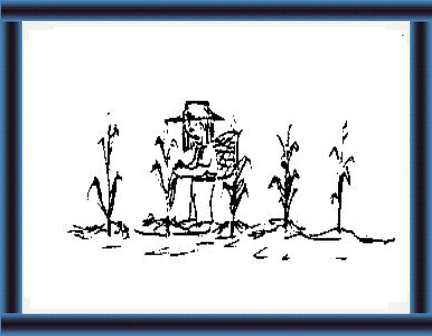 |
Multi-purpose cooperatives
40 This type of cooperative supports other activities besides dairying: - crop production e.g. smallholder tea |
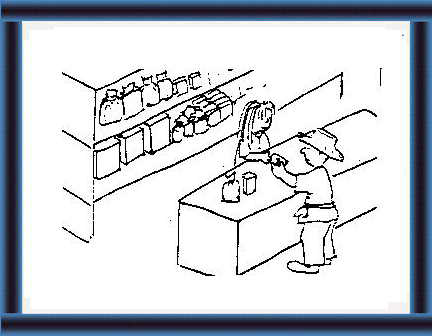 |
41
- general sales outlets e.g. in Indonesia. |
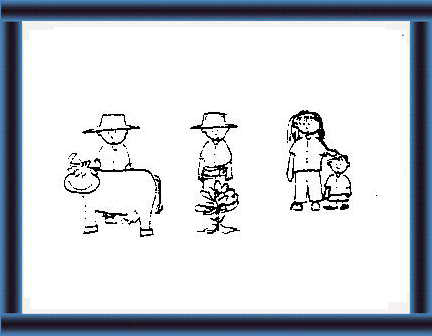 |
42 Milk producers,
tea producers, consumers and others can join multi-purpose cooperatives.
|
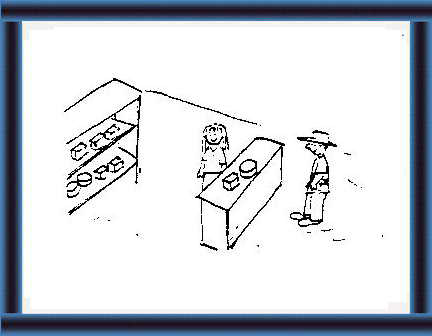 |
43 Some cooperatives process milk from members
and market the products.
Profits are shared with members. |
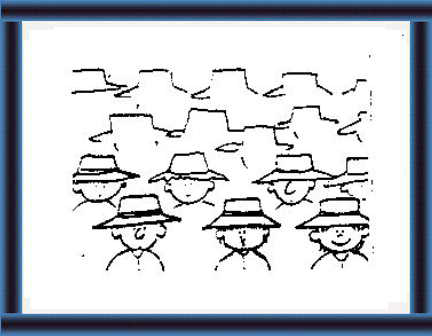 |
How can you organize a cooperative?
44 You choose the: - right man - for the right job - in the right structure. |
What are the duties of each group?
 |
47 The Supervisory Board
has an Auditor and Inspectors.
It can: - check accounts - supervise administration - check production - call meetings if necessary. |
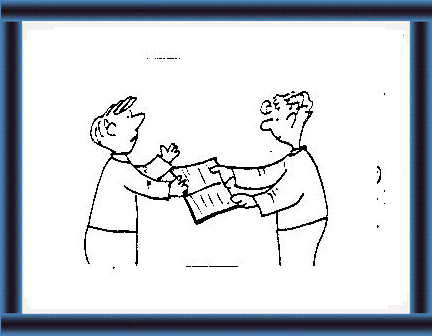 |
48 The Advisory Board has
experts
in many fields.
It can give specialist advice on: - housing - processing - marketing. |
|
page 39